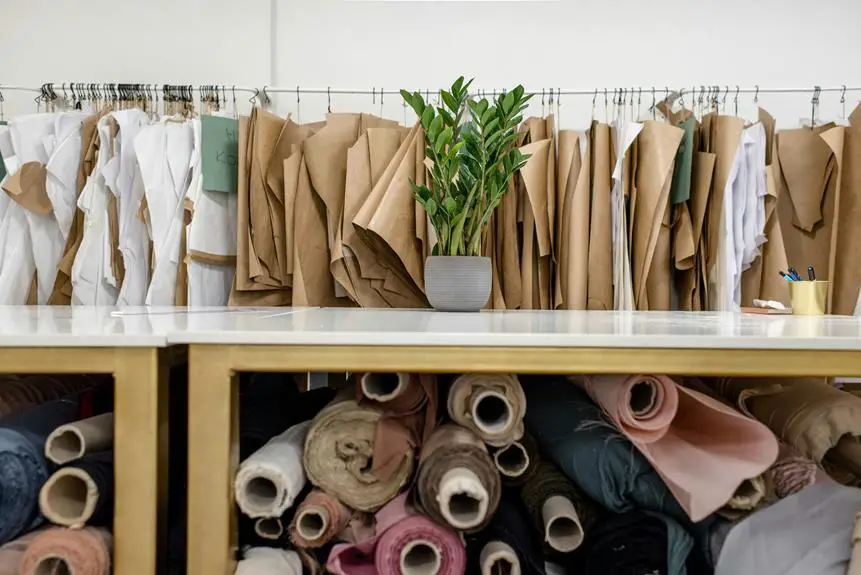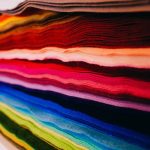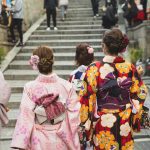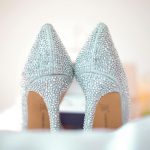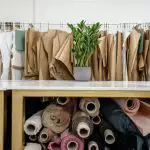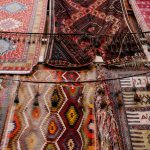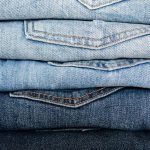You might be surprised to learn that broadcloth, a fabric with deep historical roots, is evolving in response to modern demands. As sustainability becomes a priority, innovations in textile technology are reshaping how this material is produced and utilized. With consumers increasingly favoring eco-friendly options, broadcloth's future hinges on its ability to adapt and embrace these trends. But what does this mean for traditional practices, and how will it impact the broader textile landscape? The answers might challenge your perceptions of this enduring fabric.
Table of Contents
Historical Significance of Broadcloth
Broadcloth has played a crucial role in the textile industry since the Middle Ages, influencing fashion and trade across Europe. As you delve into its history, you'll find that this fabric was originally made from wool, prized for its durability and smooth texture. Its popularity soared among the wealthy, who sought luxurious garments that showcased their status. You'll notice that broadcloth became a standard fabric for suits, cloaks, and other formal attire, shaping the fashion landscape of the time.
In the 16th and 17th centuries, broadcloth was at the heart of trade routes, impacting economic relationships across nations. When you consider the rise of cities like London and Bruges, you'll see how broadcloth production fueled local economies and created jobs. The fabric's versatility allowed it to remain relevant, adapting to the needs of different social classes.
Innovations in Textile Technology
In recent years, advancements in textile technology have transformed the production and application of fabrics like broadcloth, making them more accessible and versatile than ever before.
You'll find that these innovations not only enhance the quality of the fabric but also expand its uses across various industries.
Here are four key innovations that are shaping the future of broadcloth:
- Smart Fabrics: These textiles incorporate sensors and conductive materials, allowing for interactive and responsive clothing, which can monitor body temperature or heart rate.
- Digital Printing: This technique enables intricate designs and patterns to be printed directly onto broadcloth fabric, reducing waste and allowing for customization without lengthy lead times.
- 3D Knitting: This technology allows for seamless construction of garments, minimizing fabric waste and providing a more comfortable fit.
- Eco-friendly Dyes: Innovations in dyeing processes now utilize less water and chemicals, leading to a more sustainable approach in producing vibrant colors.
Sustainability Trends in Broadcloth
Sustainability trends are increasingly shaping the production of broadcloth, pushing manufacturers to adopt eco-friendly practices and materials. You might notice that brands are prioritizing organic fibers, such as cotton and linen, which require fewer chemicals and less water than conventional options. This shift not only reduces environmental impact but also appeals to eco-conscious consumers.
Recycling processes are also gaining traction. Manufacturers are exploring ways to recycle old broadcloth garments into new fabrics, minimizing waste and promoting a circular economy. When you choose brands that utilize recycled materials, you're contributing to this sustainable movement.
Moreover, many companies are investing in sustainable dyeing techniques that use less water and fewer harmful chemicals. This means that the broadcloth you wear is produced with a lower ecological footprint.
Transparency in the supply chain is another trend you should look for—many brands now openly share their sourcing practices, making it easier for you to make informed choices.
As sustainability becomes a priority, expect to see continued innovation in broadcloth production. By supporting these trends, you're not just enhancing your wardrobe; you're also helping the planet.
Shifting Consumer Preferences
How are shifting consumer preferences influencing the broadcloth market today? As you navigate through your choices, you'll notice that consumers are becoming more discerning about the textiles they purchase. This shift is primarily driven by a desire for quality, sustainability, and versatility in their clothing.
Here are a few key aspects of these shifting preferences:
- Sustainability: You're increasingly drawn to eco-friendly fabrics, prompting brands to prioritize sustainable practices in production.
- Comfort: The demand for comfort is rising, leading manufacturers to innovate with softer, breathable materials that enhance the wearer's experience.
- Versatility: You want clothing that can transition seamlessly from casual to formal, increasing the popularity of broadcloth's adaptability.
- Ethical Sourcing: There's a growing interest in knowing where and how fabrics are sourced, driving demand for transparency in the supply chain.
These evolving preferences are reshaping how companies approach broadcloth production. As you seek out textiles that align with your values and lifestyle, the broadcloth market will need to adapt to meet your expectations.
The future of broadcloth hinges on understanding and responding to these important consumer trends.
Market Opportunities and Challenges
The broadcloth market presents both exciting opportunities and significant challenges as it adapts to evolving consumer demands and industry trends. As you explore this market, you'll find that sustainability is a key opportunity. Consumers increasingly prefer eco-friendly textiles, which can drive demand for sustainable broadcloth options. However, maintaining quality while reducing environmental impact can be a challenge.
Another opportunity lies in the customization trend. Offering personalized broadcloth products can attract a loyal customer base. Yet, scaling production for customized items may strain existing supply chains.
Lastly, the rise of online shopping creates a unique channel for broadcloth sales. You can reach a broader audience, but competition is fierce, and standing out requires innovative marketing strategies.
Here's a quick overview of the market landscape:
| Opportunities | Challenges | Strategies for Success |
|---|---|---|
| Sustainable products | Quality control | Invest in R&D |
| Customization | Supply chain management | Streamline operations |
| Online sales growth | Intense competition | Unique branding |
Navigating these opportunities and challenges will be crucial for your success in the broadcloth market.
Frequently Asked Questions
What Fabrics Are Commonly Blended With Broadcloth?
When you explore broadcloth, you'll find it's often blended with cotton, polyester, and rayon. These combinations enhance durability, drape, and comfort, making broadcloth versatile for various applications like shirts, dresses, and home textiles.
How Does Broadcloth Compare to Other Fabric Types?
Broadcloth's smooth texture and durability make it a favorite for shirts and dress fabrics. Compared to other fabrics, it's often more affordable and easier to care for, offering versatility for everyday wear and formal occasions alike.
What Are the Care Instructions for Broadcloth Garments?
To care for broadcloth garments, you should machine wash them in cold water and tumble dry on low. Iron them on a medium setting to remove wrinkles, and avoid bleach to maintain the fabric's integrity.
Where Can I Purchase High-Quality Broadcloth Fabric?
You can purchase high-quality broadcloth fabric at specialty fabric stores, online retailers like Fabric.com, or local craft shops. Always check customer reviews to ensure you're getting the best quality for your sewing projects.
What Are the Common Uses of Broadcloth in Fashion?
You'll find broadcloth commonly used for shirts, blouses, and dresses due to its smooth texture and durability. It's also popular for making uniforms and casual wear, offering a polished look that's easy to care for.
- How Does Ring Spun Cotton Affect Garment Fit and Shape Retention? - August 13, 2024
- What Are the Challenges in Producing Ring Spun Cotton? - August 13, 2024
- Is Ring Spun Cotton Suitable for Plus-Size Clothing? - August 13, 2024

